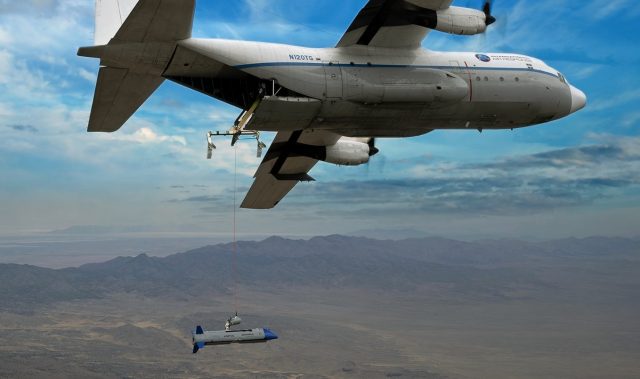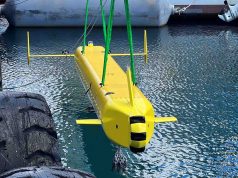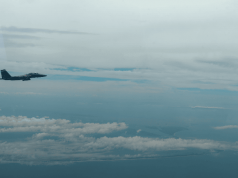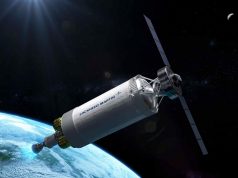The US Defense Advanced Research Projects Agency’s (DARPA) reusable unmanned aerial systems (UAS) program has achieved another milestone with a successful flight of the second X-61A Gremlins air vehicle (GAV).
Dynetics, Inc. tested the GAV, as well as the Gremlins airborne recovery system, last month at Dugway Proving Ground in Utah.
The series of tests focused on risk reduction, as well as system and subsystem performance verification, in preparation for an airborne recovery test later this year.
The overarching goal of the Gremlins program, managed by DARPA’s Tactical Technology Office, is to demonstrate aerial launch and recovery of multiple low-cost reusable unmanned aerial systems (UASs).
The test series involved all segments of the Gremlins demonstration system, including GAVs, the launch and recovery system, the airborne operator control station and the Gremlins command, control and communications system. The test flight was originally scheduled for earlier this spring, but was delayed due to the global pandemic caused by COVID-19.
“We have taken a major step forward towards accomplishing airborne recovery, and we are ever so close to achieving it,” said Tim Keeter, program manager for the Dynetics Gremlins team. “Our second GAV flown to date performed very well, which increases our confidence in the X-61A. And for the first time, we rendezvoused and flew in close formation with the recovery C-130 multiple times using the Gremlins autonomous docking system (GADS).
“Multiple captive tests were also conducted for the first time, with actively-controlled GAVs attached to the stabilized towed docking device. This demonstrated the ability of the recovery system to safely reel in and stow GAVs once they have docked. The data collected from these tests will provide the necessary information to perform final tuning of GADS.”
The second X-61A flew for a total flight time of 2 hours and 12 minutes. It flew in formation with the C-130 from as close as 125 feet back and 125 feet below the C-130 position. At the end of the test, the GAV was recovered on the ground using the parachute system.
According to the company, the roll-on/roll-off recovery system (which includes the physical structure, the docking structure, the towed, attitude-controlled “Bullet” and the in-flight stowage system) performed as designed.
Marvin Hill, Dynetics X-61A recovery system chief engineer stated, “As we expected, reeling the GAV in while docked on the Bullet, and then securing it inside the C-130 cargo bay is a safe and benign activity. It’s like fishing in the sky, except the fish weighs 1,200 pounds.”
The Dynetics team was one of four companies awarded a Phase 1 contract for the Gremlins program in 2016. Phase 2 was awarded in March 2017 to two of the initial four performers, and Phase 3 followed in April 2018, when Dynetics was named the top performer.
The maiden flight of the X-61A occurred in November 2019 when the vehicle was lost during the ground recovery sequence due to a failure to extract the main chute. The company said at the time that the GAV flew as predicted with no anomalies in the operational system.



























